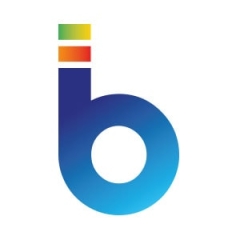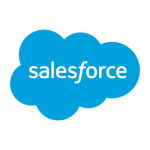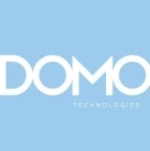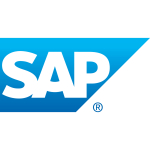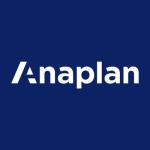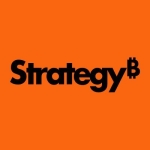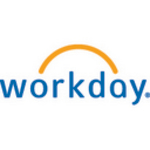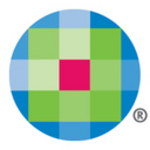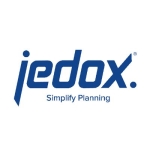What is our primary use case?
I use BOARD mainly for the analysis of data for planning. Our business is mainly to do with tissue donors. We do a lot trending via charts and data to see what kind of information we get and how we are doing.
I also work with sales and different kinds of modes of sales, which helps us identify the ways we're doing direct orders, regular consignments.
I cater to different departments like planning and the complaints department. Then I also take care of the users who use the Capsules on a daily basis. I also handle tickets for people if they have any issues with BOARD.
I translated a lot of Excel files, charts and trending for bimonthly calculations, into BOARD.
How has it helped my organization?
They had calculations from baseline for average, standard deviations, just like what you would do in Excel.
We have 75 or 86 buckets based on the tissue. There are something like 20 product lines. So if you do the math, we are talking about some 800 graphs and layouts which they generally print every month. So it has been very flexible. We identified a print option for the screen, so when we hit print, and I have eight layouts corresponding to eight graphs, they print like a shot.
The data doesn't have to just be there, it has to look prettier too. So I'm able to add little fancy italics. It makes the whole experience for the users better, there's something to look at. They prefer looking at it, and they start asking questions, which helps me develop further. If they want more, I can enhance it and give it to them.
What is most valuable?
I like the procedures mainly, how the data flow corresponds and how a cube is based on different dimensions, and how the entity reacts to it. We have a cube which can be broken down into different levels, and the way they want to slice it and dice it, that's the user's requirement. So we do that fairly well.
What needs improvement?
The procedures, they have a long list... There are existing gaps which I was asked to overtake and minimize and make it more efficient. Whatever procedure was created has 90 lines of writeup. If I could just export it to Excel and read it, and open different pages, see different pages of procedures at the same time, in different windows - so that I don't have to close it again, go back in - it would save a lot of time, and it would make it a little easier for everybody.
For how long have I used the solution?
One to three years.
What do I think about the stability of the solution?
Initially we did have issues with the BOARD crashing, but at that time I was fairly new. I will say that the services were meant to start after a few hours but that's the time where it briefly pauses and if anybody, by chance, was even trying to get into BOARD, it would lock them up. But that was fine. It was not really a stability issue. Our users did make a little bit of commotion, but eventually I explained it to them, and it was fine. Now it is pretty stable.
What do I think about the scalability of the solution?
I haven't reached my goal yet. I like to give the best. I'm sure there's more at the end. There is more to do always. Although I will say that right now the users are very happy with whatever they have, but I'm sure that technology definitely has more to offer them. I'm sure BOARD will keep on improving in functionality, which will help us also to provide a better experience to the users. So I wouldn't say I have reached any end point yet.
How is customer service and technical support?
I've been using BOARD for around three years. And I think I'm very comfortable with it. The help desk has been very, very, good, supportive with their emails. Any question I ask they give me some steps, and it is like a jump-start for me to brainstorm the thing, rather than making a phone call. It gives me my personal time to analyze what they have written, and gets me to resolve it, and help the users on the other side. So, many people are happy with what I have done.
What other advice do I have?
When it comes to selecting a vendor, what's important is a big community, support systems. I feel communication is very important, whether it's an email or something else. Within a couple of hours, if somebody responds, that is helpful, if they can provide a quick solution. It pacifies the people on the other side, because we are dealing with a lot of users at one time.
I think BOARD is a very good tool. I have worked with different BI tools like Tableau and Cognos. I think BOARD is not a very heavy software. It's a very light software compared to others; it doesn't just crash sometimes. And given the cost and effectiveness, everything which comes into play for the organization, I think BOARD fits the bill.
It is definitely good. Depending on your data, and what kind of business you are doing, I think investing in BOARD is a good, viable solution, because it's very user-friendly, and once you get the hang of it you can do wonders. I've been able to accomplish that next thing, I figured it out without notes. If I had received a tutorial I don't know what I would have done. I would encourage people to get into it. I find that Tableau is good software too, but it can be confusing. It's nice software, but I would say BOARD is much more user friendly.
Disclosure: My company does not have a business relationship with this vendor other than being a customer.

